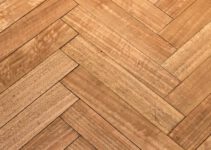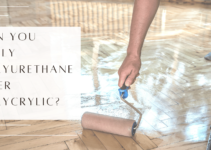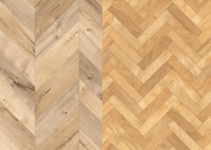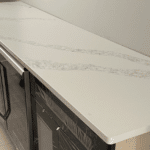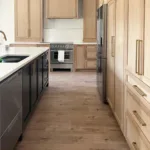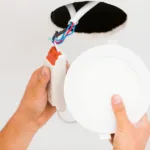When it comes to choosing a clear coat for your wood, you may be wondering what the difference is between polyurethane and polycrylic. Both are clear finishes that can protect your surfaces and give them a nice shine, but which is right for your project, and how are they different?
Keep reading as we review the differences between polyurethane and polycrylic clear coats, plus when to use them so that you can make the best decision for your needs.
Table of Contents
What is Polyurethane?
Polyurethane is a type of synthetic resin that is made from a combination of two chemicals, polyisocyanate, and polyol. These two ingredients react with each other to create a hard, durable finish that creates a perfect seal.
And since Polyurethane is durable and moisture-resistant, it’s a good choice for high-traffic areas or rooms with a lot of humidity. It can also be applied in multiple thin coats to build up a thicker layer of protection. However, polyurethane can get a yellow tintover time and is not as easy to repair if it becomes damaged.
Generally, Polyurethane is available in two types:
- Oil-based Polyurethane
- Water-based Polyurethane
Oil-Based Polyurethane
Oil-based polyurethane is made with synthetic resins, oil, and petroleum distillates. It goes on yellow but dries clear and gives surfaces a warm, amber glow.
This type of polyurethane takes longer to dry than water-based polyurethane, so you’ll need to be patient and give it plenty of time to cure between coats. Oil-based polyurethane also has a strong odor and can be toxic, so make sure you’re using it in a well-ventilated area.
Water-based Polyurethane
Water-based polyurethane is made with synthetic resins and water. It goes on clear and dries clear, giving surfaces a natural look.
Water-based polyurethane is quick-drying, so you can apply multiple coats in a short period of time. However, it’s not as durable as oil-based polyurethane and may not last as long. It also has a less consistent finish, so it’s not a good choice if you’re looking for a high-gloss finish.
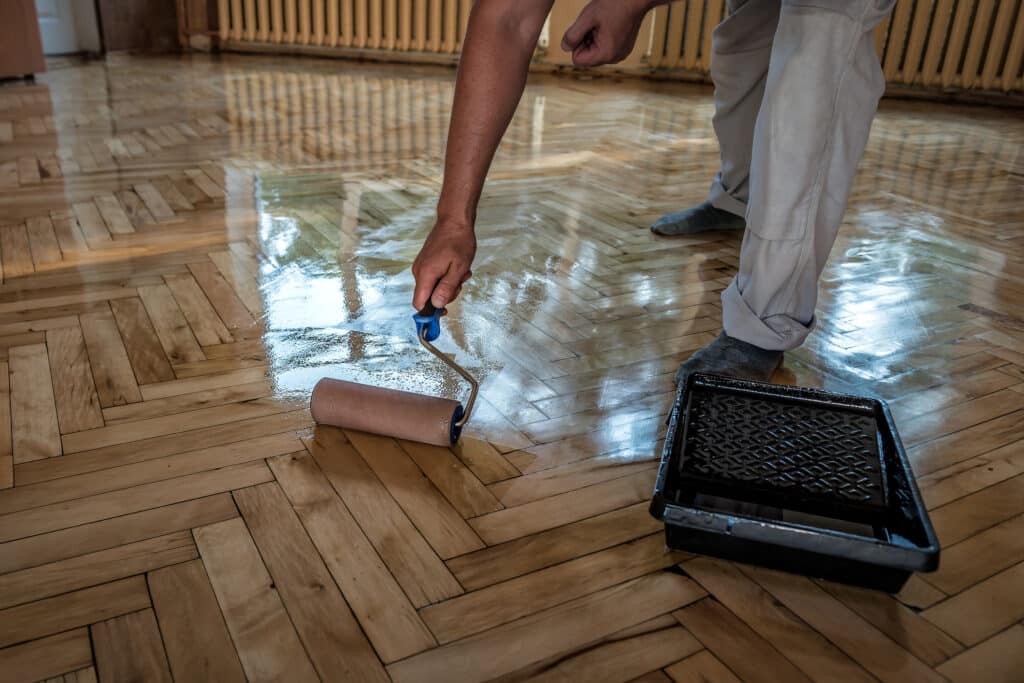
How to Use Polyurethane?
Polyurethane can be applied with a brush, roller, or sprayer. If you are using a brush, make sure to choose one with synthetic bristles, as natural bristles can absorb the finish and leave streaks. When applying polyurethane, always work in a well-ventilated area and wear gloves and a respirator to protect yourself from the fumes.
Typically you’ll need to apply 2 coats of polyurethane, and sometimes 3 for floors, stairs, and other surfaces with heavy wear. You’ll want to wait at least 8 hours between coats so that the previous one can cure properly.
How Long Does Polyurethane Take to Dry?
Most standard polyurethane formulas take 24-48 hours to dry and up to 30 days to fully cure. When we refinished our stairs, we used Minwax ultra fast-drying polyurethane for floors (linked here) which allows for a second coat within 2 hours of your first coat and dries within 24 hours.
Overall we had a positive experience and would recommend it if you’re clear coating floors.
How Many Coats of Polyurethane are Required?
For hardwood floors or other high-wear areas, typically, 3 coats of polyurethane are recommended. The first coat should be very thin (almost like a sealer) to prevent any bubbles from forming and to give the wood a nice even base. The second and third coats can be slightly thicker but don’t overdo it, or you’ll risk runs in the finish.
As mentioned above, some Polyurethanes (like ours) may only require two coats, but be sure to read the directions before starting. And if you’re not satisfied after two coats, you can always apply a third.
What is Polycrylic?
Polycrylic is a type of synthetic resin that is made from acrylic monomers. It is a clear, low-odor liquid that dries to form a hard, durable finish.
Polycrylic is also moisture-resistant and can be applied in multiple thin coats. However, it does not yellow over time and is easier to repair than polyurethane if it becomes damaged.
How to Use Polycrylic?
Applying Polycrylic is pretty similar to Polyurethane. In fact, many of the same tips apply. The biggest difference is that Polycrylic dries much faster than Polyurethane. This means you have to work in smaller sections. You also can’t go back over an area you’ve already coated without creating streaks. Plus, polyacrylic can be sprayed on for an even coat, especially on larger projects.
For best results, apply Polycrylic in a well-ventilated area. If you’re working indoors, open windows and doors to keep the air moving. You should also wear a respirator to avoid breathing in fumes.
When you’re ready to apply Polycrylic, start by stirring the can thoroughly. Then, pour some of the coatings into a paint tray. Dip a paintbrush into the coating and begin applying it to the surface you’re treating.
Work in small sections, using long strokes. Be sure to brush along the grain of the wood rather than against it. Once you’ve covered the entire surface, allow the coating to dry for at least four hours.
If you want a thicker coat of Polycrylic, you can apply a second coat. Just be sure to allow the first coat to dry completely before adding a second. Otherwise, you’ll end up with streaks.
Polycrylic is an excellent choice for protecting wood surfaces from water damage. It’s also resistant to scratches and fading. And because it dries quickly, you won’t have to wait long to enjoy the benefits of a freshly coated surface.
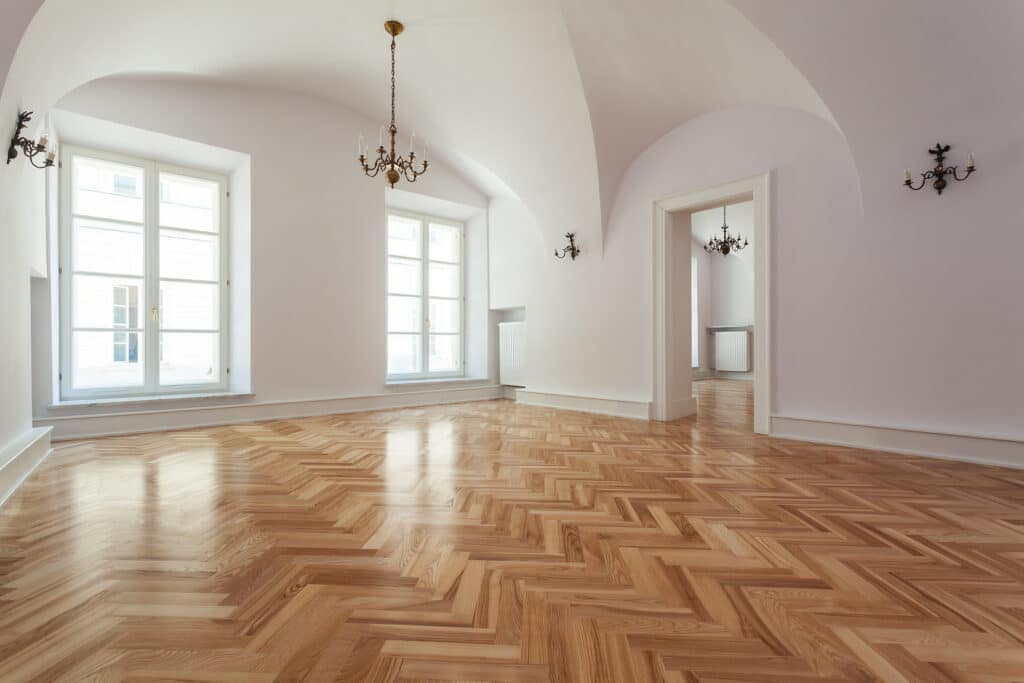
How Long Does Polycrylic Take to Dry?
Polycrylic takes about 30 minutes to dry to the touch and can be recoated after 2 hours. However, it takes up to 3 days for Polycrylic to fully cure.
So, if you’re looking for a fast-drying clear coat, Polycrylic is a good option. But if you need something that will cure quickly, you may want to choose a different product.
Polycrylic is a water-based coating, so it’s always a good idea to clean up any spills with soap and water. Once the surface is dry, you can apply a new coat of Polycrylic.
How Many Coats of Polycrylic are Required?
For most applications, 2 coats of Polycrylic are sufficient. However, if you’re applying it to a surface that will see a lot of wear and tear, you may want to apply 3 coats.
Applying multiple thin coats is always better than trying to apply one thick coat. Not only will you get better coverage, but you’ll also reduce the risk of runs and bubbles in the finish.
When applying Polycrylic, be sure to follow the directions on the can. And always use a well-ventilated space to avoid inhaling fumes.
So, Which is Better?
Polyurethane is a better overall clear coat and can be used in more types of projects than Polycrylic. However, if you are concerned about the finish yellowing over time, then polycrylic may be the better choice.
It is also important to consider how easy the clear coat will be to repair if it becomes damaged. Polycrylic is generally easier to repair than polyurethane, so it may be the better choice if you are worried about damage.
That being said, Polycrylic is very limited in the types of projects it can be used. Polyurethane can be used in almost any type of project. Check out the section below for the specific projects where you can use each type of clear coat.
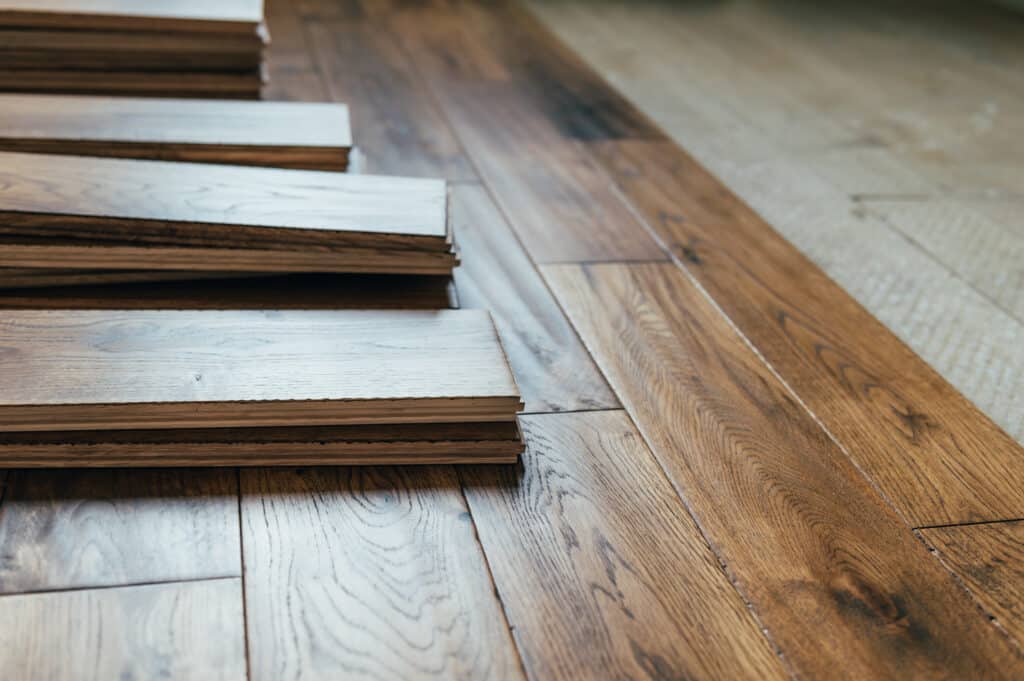
When to Use Polycrylic vs. Polyurethane?
Use | Polycrylic vs. Polyurethane |
Stairs | Polyurethane |
Flooring | Polyurethane |
Furniture | Polycrylic or Polyurethane |
Cabinets | Polyurethane |
Light Woods | Polycrylic or Polyurethane |
Dark Woods | Polyurethane |
Outdoors | Exterior Polyurethane |
Here are additional considerations for choosing between the two products if you’re still stuck:
- If you need a clear coat that dries quickly, choose Polycrylic.
- If you need a clear coat that is resistant to scratches and fading, choose Polyurethane.
- If you need a clear coat for floors or other surfaces that will see a lot of wear and tear, choose Polyurethane.
- If you’re working in a well-ventilated area, Polyurethane is a good choice.
- If you need a clear coat that is easy to apply, choose Polycrylic.
If you are still unsure about which clear coat to choose, we recommend talking to a professional who can help you select the best option for your project.
Bottom Line
Polycrylic and polyurethane are both clear finishes that can be used to protect wood surfaces. While they are both durable and moisture-resistant, we recommend using Polyurethane since it is more versatile and can be used in almost any environment. If you are very concerned about polyurethane yellowing over time, we’d recommend using Polycrylic.
If you are still unsure about which clear coat to choose, we recommend talking to a professional. Plus, read more in our Full Staircase Renovation post.
Have a question about your project? Let us know in the comments below!

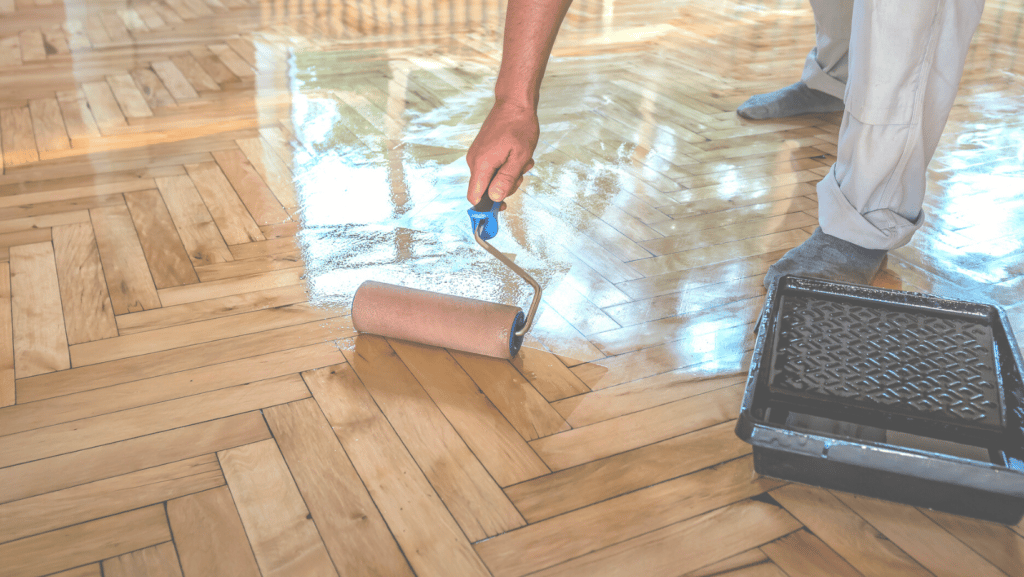

![How To Install A Ceiling Light Without Existing Wiring [Our Process]](https://www.brickstonehome.com/wp-content/uploads/2022/10/Install-Ceiling-Light-jpg-211x150.webp)
